Environmental Impact Assessment For Asteroid Mining
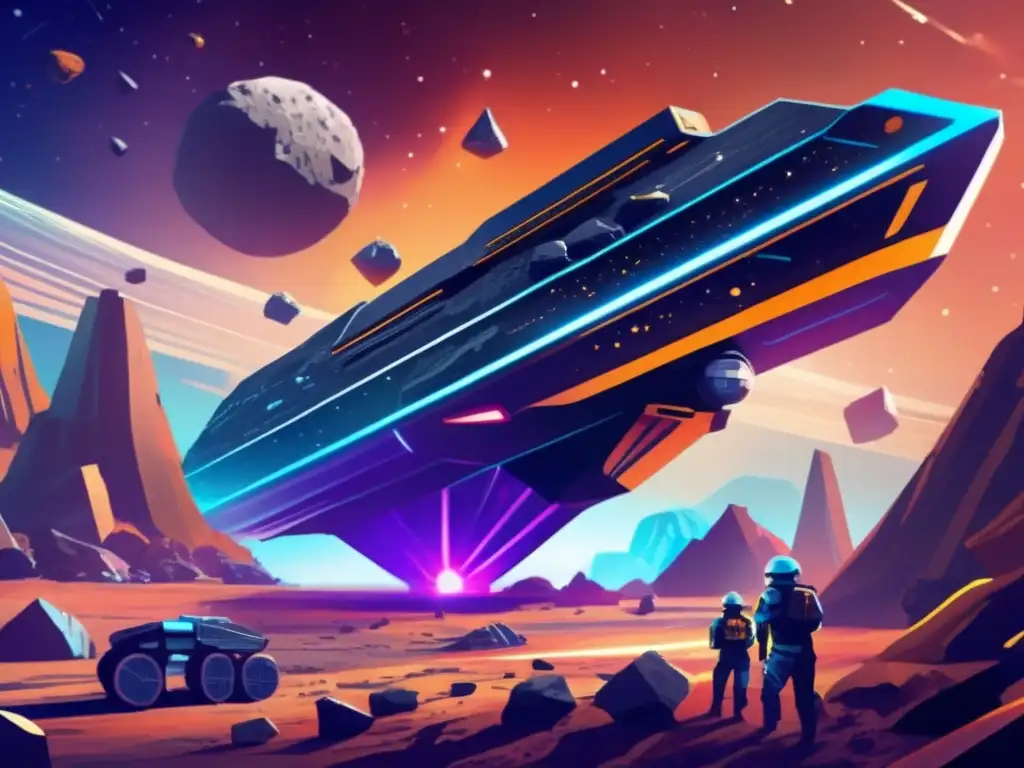
Introduction
Asteroids have become an increasingly valuable and intriguing resource for humanity in recent years. With their abundance of precious metals, minerals, and water, asteroids hold great potential for supporting space exploration, colonization, and even addressing resource scarcity on Earth. However, the extraction and utilization of asteroid resources must be conducted with careful consideration of the environmental impact. This article delves into the importance of conducting environmental impact assessments for asteroid mining projects.
The Need for Environmental Impact Assessments
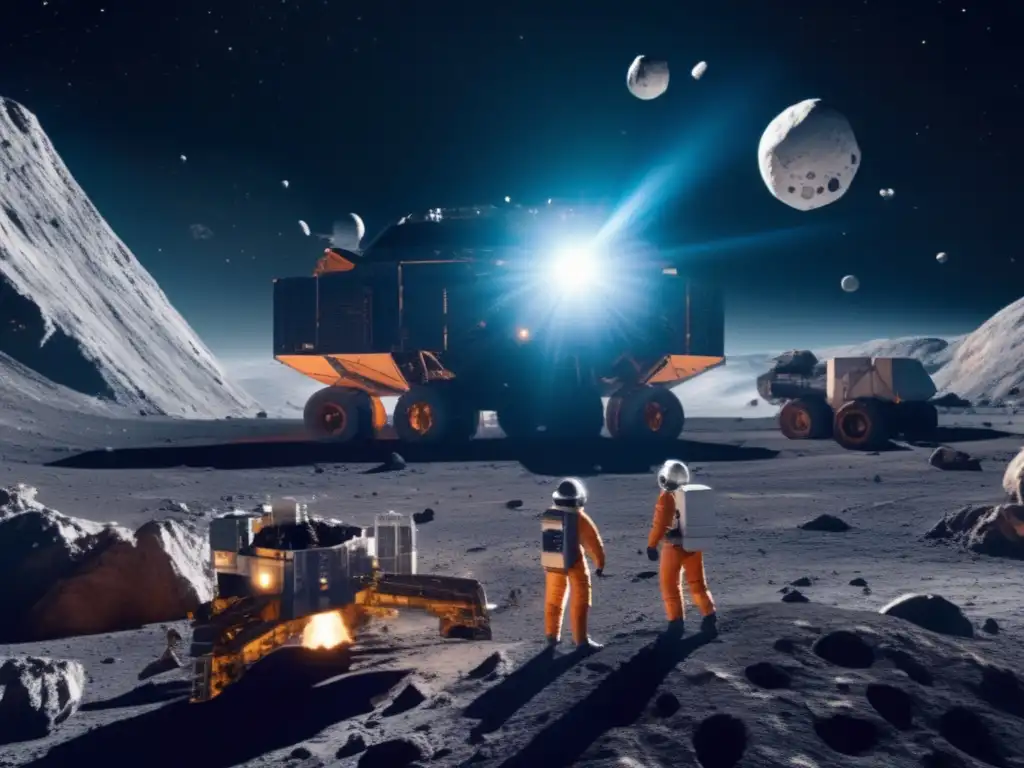
Understanding Asteroid Mining Processes
Before conducting an environmental impact assessment (EIA), it is crucial to understand the various processes involved in asteroid mining. These processes typically include identification and characterization of suitable asteroids, extraction techniques, transportation, and utilization of mined resources. Each step can potentially impact the environment in unique ways, necessitating a comprehensive assessment.
Evaluating Potential Risks and Impacts
An EIA allows for the identification and evaluation of potential risks and impacts associated with asteroid mining. These may include the disruption of asteroid ecosystems, alteration of orbital dynamics, release of hazardous substances during mining operations, and the generation of space debris. By conducting thorough assessments, mitigation measures can be developed to minimize any negative consequences.
Ensuring Sustainable Practices
Environmental impact assessments play a crucial role in ensuring that asteroid mining operations follow sustainable practices. By carefully assessing the environmental consequences, stakeholders can identify opportunities for resource recovery, waste minimization, and ecosystem conservation. This ensures the long-term viability of asteroid mining while minimizing its ecological footprint.
Implementing Effective Environmental Impact Assessments

Data Collection and Analysis
The first step in conducting an EIA for asteroid mining is gathering relevant data about the target asteroid and its surroundings. This includes detailed information about the asteroid's composition, size, shape, and orbital characteristics. Additionally, collecting data on the potential presence of extraterrestrial life or unique ecosystems is vital for understanding possible ecological impacts.
Modeling and Simulation
Using collected data, scientists can develop models and simulations to predict the environmental consequences of asteroid mining operations. These simulations help assess the potential spread of contaminants, changes in asteroid dynamics, and the long-term effects on surrounding celestial bodies. By incorporating different scenarios, stakeholders can evaluate the effectiveness of various mitigation strategies.
Stakeholder Engagement
Engaging with stakeholders, including experts from diverse fields and affected communities, is crucial for a comprehensive EIA. Their input and expertise contribute valuable perspectives and enable a more robust evaluation of potential impacts. By fostering collaboration, potential conflicts can be identified and resolved early, leading to more sustainable outcomes.
Regulatory Framework and International Cooperation

Establishing Regulatory Frameworks
Given the global nature of asteroid mining, it is essential to establish international regulatory frameworks that ensure responsible practices. Such frameworks should outline the requirements for conducting environmental impact assessments, the standards for data collection and analysis, and the enforcement mechanisms to hold entities accountable for their actions. Cooperation between space agencies, governments, and private enterprises is vital in achieving these goals.
Promoting International Cooperation
International collaboration and cooperation are essential in addressing the environmental challenges of asteroid mining. By sharing knowledge, resources, and best practices, countries and organizations can work together to develop common guidelines and standards for sustainable mining operations. Additionally, collaborative efforts can contribute to the protection and conservation of celestial bodies for future generations.
Monitoring and Adaptive Management
Once asteroid mining operations commence, continuous monitoring and adaptive management programs should be implemented. These programs enable the assessment of actual impacts against predicted ones and allow for the adjustment of mitigation measures accordingly. By maintaining ongoing evaluation, stakeholders can ensure that mining activities remain aligned with the initially approved environmental impact assessment.
Frequently Asked Questions

-
What is an environmental impact assessment and why is it important for asteroid mining?
An environmental impact assessment is a process that identifies and evaluates the potential environmental consequences of a proposed project or activity. It is crucial for asteroid mining because it allows us to understand, mitigate, and minimize the ecological impacts associated with resource extraction from asteroids.
-
How does modeling and simulation contribute to environmental impact assessments for asteroid mining?
Modeling and simulation play a vital role in environmental impact assessments for asteroid mining. They help predict and evaluate how mining operations may affect the surrounding environment, orbital dynamics, and space debris generation. Through simulations, mitigation strategies can be tested and refined before actual mining operations.
-
What are some potential risks and impacts associated with asteroid mining?
Potential risks and impacts of asteroid mining include disruption of asteroid ecosystems, alteration of orbital dynamics, release of hazardous substances, and the creation of space debris. These impacts need to be carefully assessed and mitigated to ensure sustainable and responsible mining practices.
-
How can international cooperation contribute to responsible asteroid mining?
International cooperation is crucial for responsible asteroid mining. By sharing knowledge, resources, and best practices, countries and organizations can develop common guidelines and standards. This collaboration ensures that mining operations are conducted in a sustainable manner and contributes to the protection and conservation of celestial bodies.
-
What is the role of stakeholders in environmental impact assessments for asteroid mining?
Stakeholders, including experts from various fields and affected communities, play a vital role in environmental impact assessments. Their input and expertise contribute valuable perspectives, enable robust evaluation of impacts, and help identify potential conflicts. Engaging stakeholders fosters collaboration and leads to more sustainable outcomes.
Conclusion
Environmental impact assessments are essential for ensuring responsible and sustainable asteroid mining practices. By conducting thorough assessments, evaluating potential risks and impacts, and implementing mitigation measures, we can harness the resources of asteroids while minimizing harm to the environment. International cooperation, stakeholder engagement, and ongoing monitoring are crucial for achieving these goals. As we venture further into the realm of asteroid mining, let us prioritize the preservation and responsible utilization of these celestial bodies.
For more information and engaging content on asteroids and space exploration, visit www.asteroidrealm.com. We encourage you to share your thoughts in the comments section and actively participate in the Asteroid Realm community. Together, we can explore the wonders of the cosmos responsibly. Thank you for your time and attention.
Additional Resources
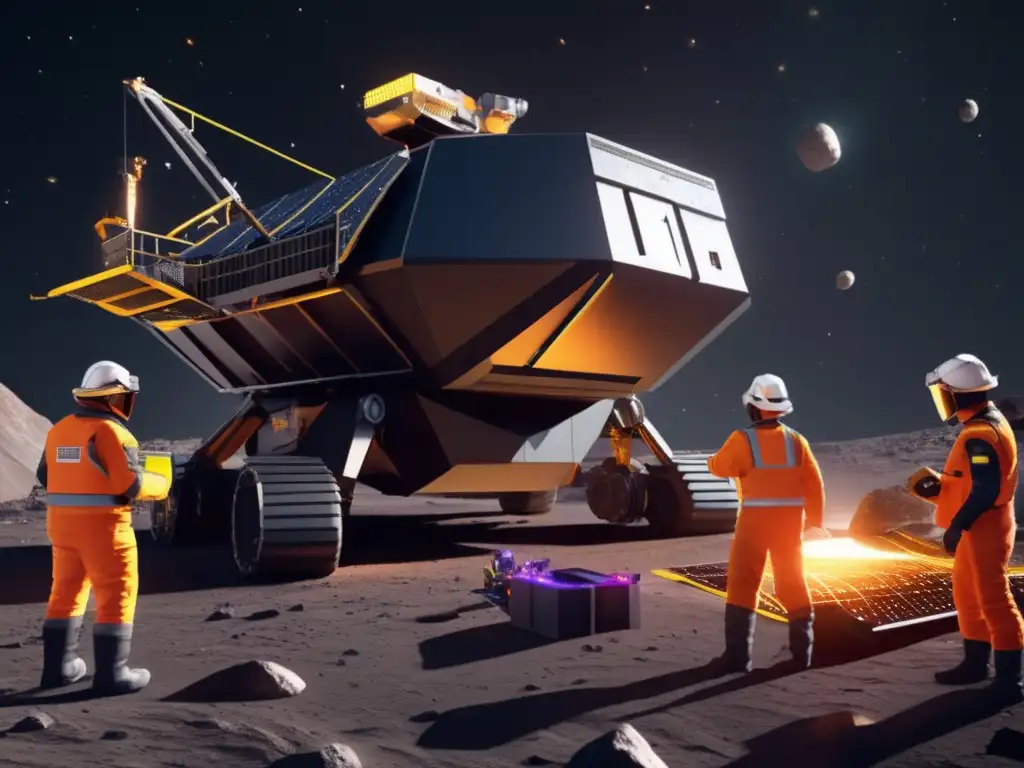
Explore further on the topic of asteroid mining with these additional resources:
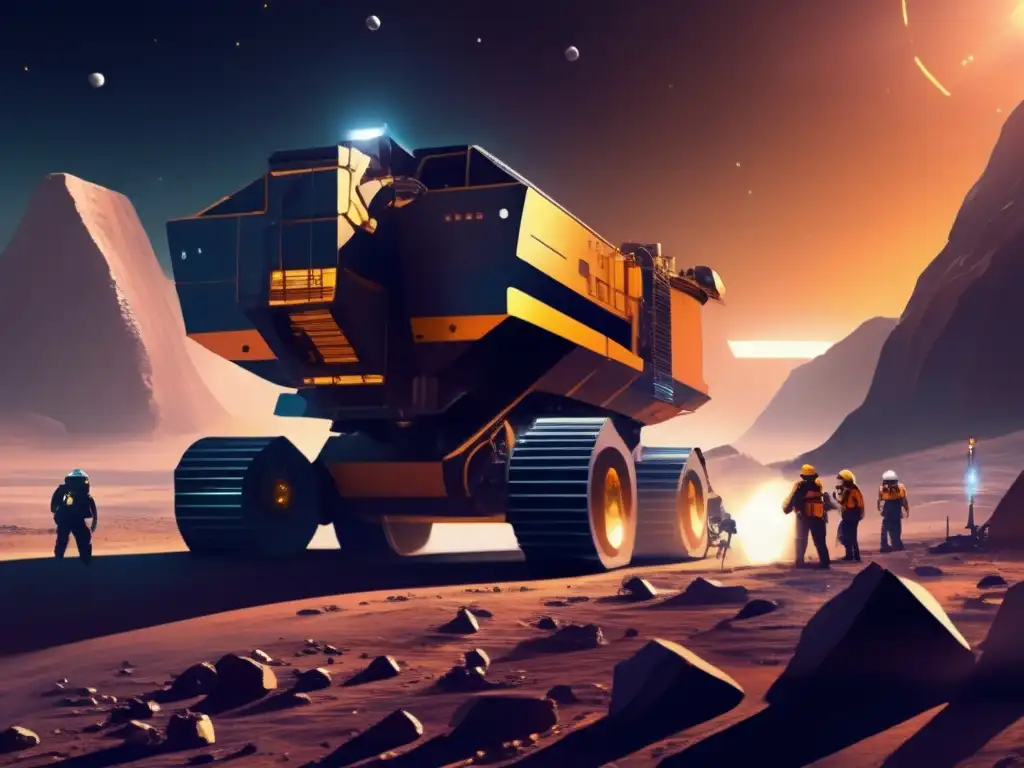 Ethical Considerations In Asteroid Mining
Ethical Considerations In Asteroid Mining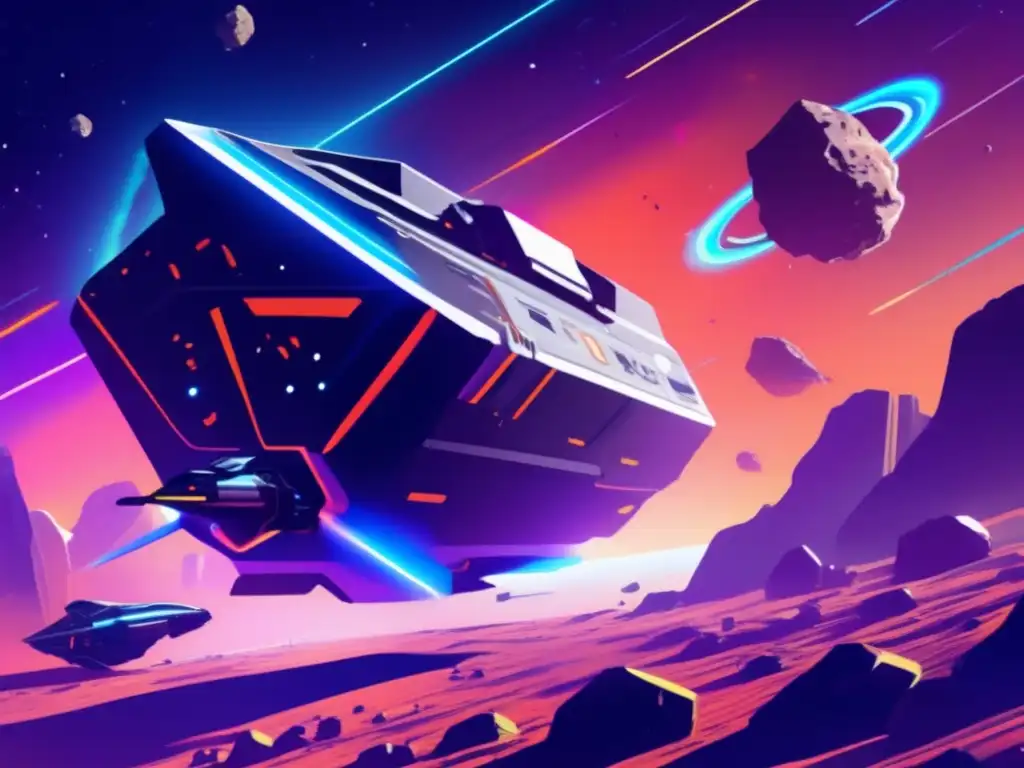 Exploiting Space Resources: The Case For Asteroid Mining
Exploiting Space Resources: The Case For Asteroid Mining Exploring The Profitability Of Asteroid Mining
Exploring The Profitability Of Asteroid MiningIf you want to discover more articles similar to Environmental Impact Assessment For Asteroid Mining, you can visit the Asteroid Mining and Resources category.
Leave a Reply

Articulos relacionados: